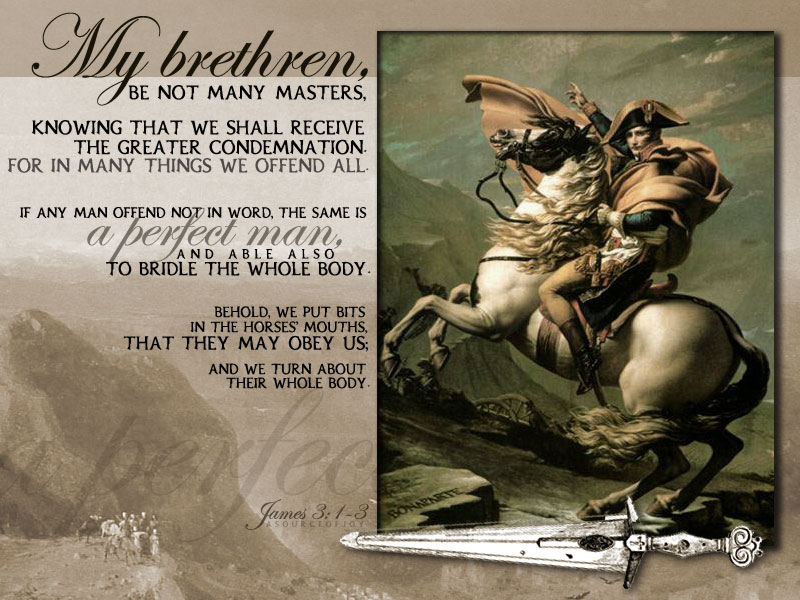Every Country has it's enemies. For Japan, it's always been China. Just like England and France have been at each others throats for the past few hundred years. To better understand the Japanese desire to occupy China, we must go back into history.
Now most don't know that Japan tried to conqueror China when under the rule of Toyotomi Hideyoshi (b.1536/37-d.1598) in 1591-93. Hideyoshi originally ask the Koreans to allow his armies to pass through their land's. As history tells us, Korea refused. Japan laid their plans on August 1591 for the conquest of not only China, but now Korea as well. Unfortunately for the Japanese, all attempts failed when China and Korea took up arms together.
A truce followed; the Japanese armies withdrew back to Japan. So in 1931, the Japanese officially started the second Sino-Japanese War with the kick-off event, the invasion of Manchuria (and later occupation of) or the Mukden Incident. Shown below are the Commanding Generals of both sides at the time of the invasion.

General Shigeru Honjo was one of the two Japanese commanding Generals in the invasion. Shigeru came from a farming family.

The other was General Jiro Minami. His father was an ex-Samurai (the Samurai were abolished in 1876 when Emperor Meiji outlawed the wearing of the Daisho).
The Chinese Commanding Generals:
 Zhang Xueliang: His father was a warlord in China. At the age of 21 he was already a Major-General.
Zhang Xueliang: His father was a warlord in China. At the age of 21 he was already a Major-General.
Ma Zhanshan was born into a poor family. He started his career as a bodyguard and rose to the rank of General.
Feng Zhanhai, (I am sorry to say, but I could not find a picture of him), was a Colonel at the time of the invasion.
This led into the long (1931-1945) war between Japan and China. Japan wanted all of Asia so much they signed some of their swords with the slogan "Koa Isshin" which roughly translates as "Asia one heart". A picture of a "Koa Isshin" sword can be viewed here: Japanese Swords Arms & Armor Home
One of the other atrocity's the Axis powers created during WWII was the infamous, Unit 731. It was based in Manchuria under the crazy, yet genius scientist, Lieutenant-General Shiro Ishii (1892-1959). He was the Hitler of Japan. Just like Hitler is now known for his infamous acts towards the Jewish people, so is Shiro Ishii is known for his acts against the Chinese people to this day. A simple search will prove this.

This building apart of Unit 731, today it is a museum.
One of the many test that were conducted at Unit 731 was the distribution of chocolate covered smallpox and/or anthrax candies that were given out to little Chinese children.
They also tested grenades on the people that they illegally detained. The people would simply be strapped to tall wooden boards and placed either five to (about) fifty feet away from the grenade. The grenade would explode and if it did not kill the innocent victim, it left their bodies riddled with shrapnel.

Japanese scientists would then take the remains, where they lay, of both the dead and living, and preform on the spot autopsies, bringing the living to their death.
After the war General Shiro Ishii and his men at Unit 731 were not prosecuted as war crimanals. They were all over looked. Why? Because a trade was made with these murderers. Ishii gave the u.S. authoritys some of the test papers that showed what would happen if put anthrax, smallpox, etc, were placed into someone's body.
At the time, America was, by law, not allowed to test chemical/weapons on humans, so this was a chance of a lifetime.
 General Tomoyuki Yamashita, was one of the falsely accused. He did nothing during the war to desevere death. Yet, to make the people of the Philippines happy, this man was hung. In Yamashita's own words he said he was dying for, "The defeat of Japan".
General Tomoyuki Yamashita, was one of the falsely accused. He did nothing during the war to desevere death. Yet, to make the people of the Philippines happy, this man was hung. In Yamashita's own words he said he was dying for, "The defeat of Japan". Shiro Ishii (left) died of throat cancer at 67, having never being brought to justice.
Shiro Ishii (left) died of throat cancer at 67, having never being brought to justice.To sum it all up, Japan lost. Although the Japanese had the spirit to keep on fighting, as in the countless suicide charges of Japanese officers with drawn swords against machine gun nest. Or the feared Kami-Kaze, who took their name from the massive-typhoon that stopped the Mongol invasion of 1281. Japan did not have enough raw materials needed to keep the war going. After their surrender aboard the u.S.S Missouri, Japan was occupied by u.S. forces from 1945-1952.

No comments:
Post a Comment